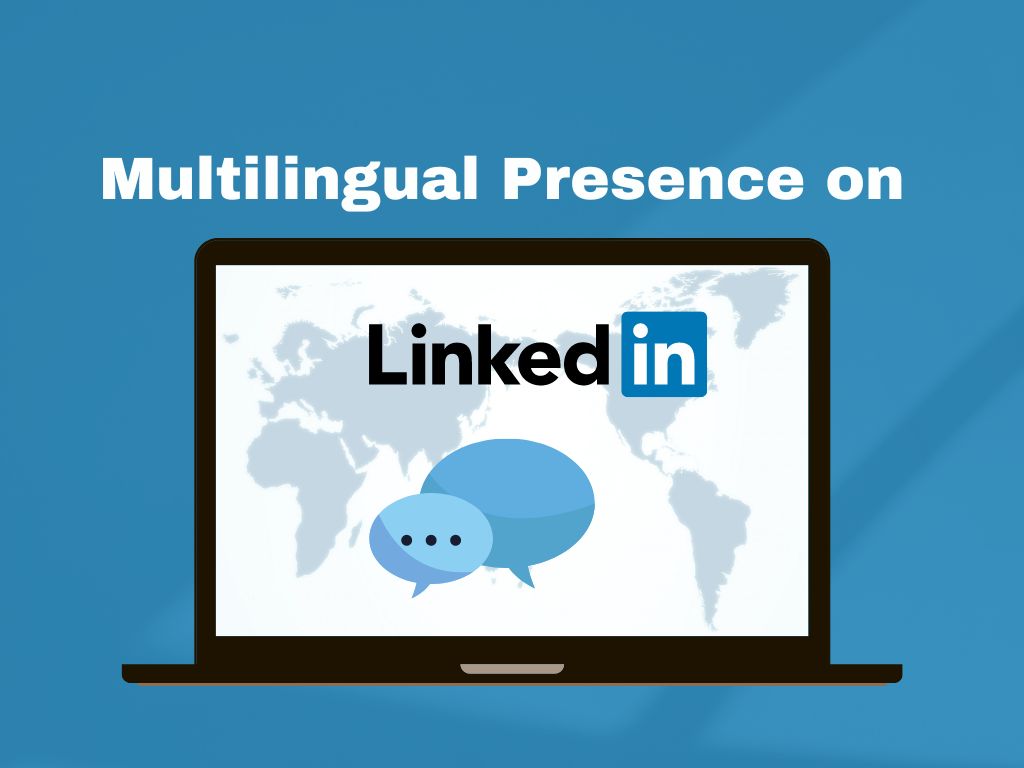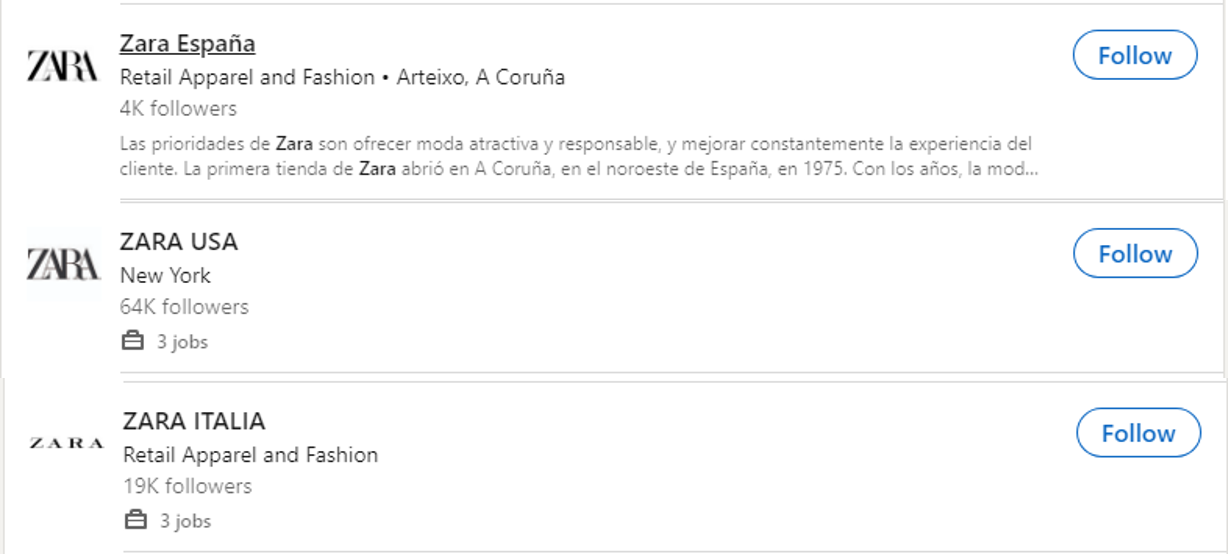
1. Introduction
There are 190 million LinkedIn users in the United States, 71.9% of the population older than 18
The online presence of any international business acting or planning to act in the US market is an essential factor that will impact the success of their strategy. We have covered in the past related topics like How to Ensure your International Company Website is Effective in the US.
Having a powerful online presence on LinkedIn is essential for any business, especially those serving other businesses (B2B). A few facts to illustrate this point:
- As of July 2022, LinkedIn has more than 850 million users worldwide (source: Kepios).
- There are 190 million LinkedIn users in the United States, which is 71.9% of the population older than 18. This percentage is much higher than in many other countries. For example, it is 48.9% in France, 40.5% in Spain, 20.2% in Germany, 20.1% in Mexico and 5.3% in China (source: Kepios).
- 94% of B2B marketers use LinkedIn as a content distribution channel (source: HubSpot).
- Companies that are active on LinkedIn generate twice as many leads as those that are inactive (source: HubSpot).
- LinkedIn is the most effective social media platform for lead generation (source: HubSpot).
By having a presence on LinkedIn, companies can share content, generate leads, and connect with potential customers. Having an active LinkedIn account is beneficial for businesses to showcase their work culture and build trust with potential customers, investors, employees and other stakeholders.
International companies that have several sets of audiences who speak different languages (e.g., their home country and the US) face the challenge of engaging them simultaneously. Based on a survey of 8,709 global consumers in 29 countries in Europe, Asia, North America, and South America, CSA Research found that 76% of online shoppers prefer to buy products with information in their native language. The first language is always more direct and relatable for international customers.
In this article, we will address two different parts of the problem of creating a multilingual presence on LinkedIn which need to be addressed in parallel:
- Company Pages: Used by the company to share content relevant for its followers, project an attractive corporate image, advertise promotions, announce job opportunities and even interact directly with potential customers.
- Personal Profiles: Used to share their professional background and skills, share content relevant for their network, apply for jobs, and connect with potential customers, other employees, employers or business contacts.
2. Multilingual LinkedIn Company Page?
Unfortunately, there is currently no easy way for a company to manage a multilingual company page on LinkedIn. The only options available at this point are:
- Use a single company page and a single language for its description and for any posts. This is the best option for small local companies, global B2B companies that work in fields where English is widely used by its target audience, and multinationals focused on markets that share the same language.
- Use a single company page, providing some content in several languages. This may be adequate for small B2B companies working with two sets of audiences that use different languages. They can post short texts in both languages or use separate posts for each language. This approach is not as clean as the other two but may be a good trade-off in some cases.
- Create multiple company pages, one for each target audience (typically, per country). This is recommended for larger multinational companies, especially those that work in B2C markets. The added complexity and maintenance cost is justified by the benefit provided by the ability to address each market with a tailored strategy. This will allow them not only to use the language of the target audience but also to adapt to their culture and consumer preferences, which can be very different in each country. Some posts can be replicated on each company page, ensuring a high-quality translation and adequacy for each target market. This is the path followed by Zara as shown in the image below, with different accounts for different markets.

It is important to remember that LinkedIn users are able to use the “See translation” feature, which is shown at the bottom of a post from a company or a user when it is written in a language different from their usual language. This feature creates a high-quality translation of the post. In any case, the ability to tailor not only language but also content for each target audience is only possible through the use of multiple company pages.
In the case of organizations that decide to manage multiple company pages, they can decide to connect them using the features offered by affiliated pages or, another option, showcase pages. Affiliated pages are typically used for different companies or brands within the same group. Showcase pages can be used for separate brands, initiatives or projects managed by a single company.
2. Multilingual Personal Profile

Unlike in the case of company pages, it is possible to create a LinkedIn personal profile in multiple languages. For this, go to www.linkedIn.com from a browser running on a computer (not from the app), select “Me” on the top menu, then click on the “View Profile” button. You will see on the right side the feature “+ Add profile in another language”.
Once a new language has been activated by the user, when editing each section of the profile you will have a tab for each language. Keep in mind that the information will not be auto-translated and must be entered in each language. LinkedIn offers many language options.
When a visitor checks your personal profile, they will see the version in the language they are using, if it is available, or in your default language otherwise. They will also have an option to change manually the language of the profile they are viewing among the ones you have activated.
A separate question is how to manage posts and comments made by an individual. Here, as in the case of companies, there is no way to create multilingual content. You will need to choose between using a single language in each case or replicating the information in several languages.
How about creating separate profiles in different languages to manage the activity separately? While this is technically possible, creating multiple personal accounts is against the LinkedIn Terms of Service. It would also create a significant amount of extra work and will create confusion in your network. It would only make sense if you have two completely separate professional activities and networks.
So, for your online activity, it is best to pick the language that is most relevant for your target audience in each case and use it, providing translations only if you think they are really necessary. As indicated earlier, keep in mind that LinkedIn automatically shows a “See translation” option when a post is shown in a language different from the reader’s.
Share this:
- Click to share on LinkedIn (Opens in new window)
- Click to share on Facebook (Opens in new window)
- Click to share on Twitter (Opens in new window)
- Click to share on Pinterest (Opens in new window)
- Click to share on Telegram (Opens in new window)
- Click to print (Opens in new window)
- Click to share on WhatsApp (Opens in new window)
